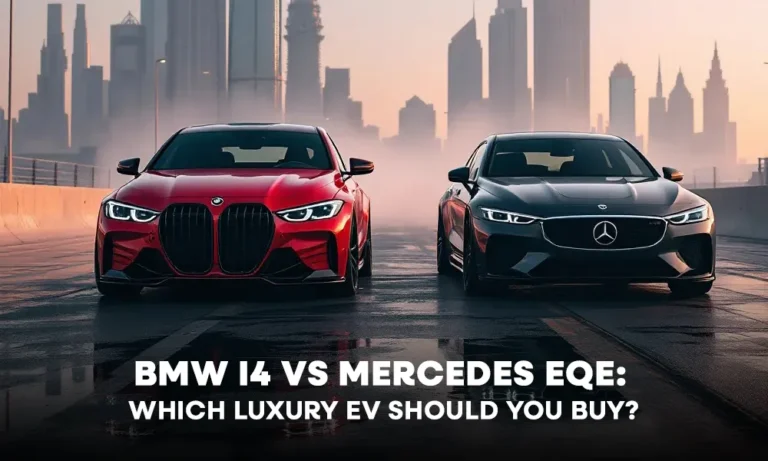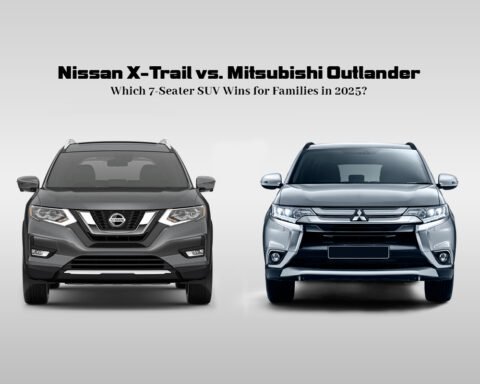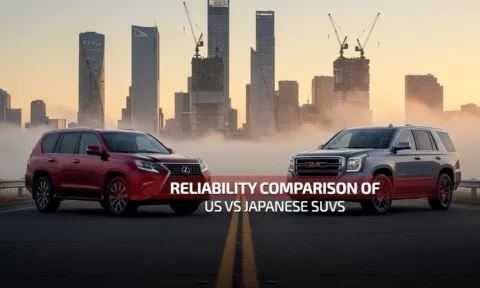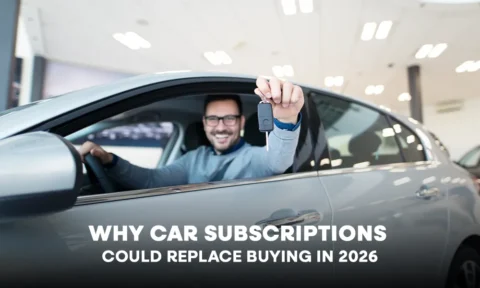We’re back to reviewing car models in this blog! This time I’ve two electrifying luxury contenders; one is the sleek BMW i4 and the other is the futuristic Mercedes EQE.
I don’t plan on making this just another spec sheet showdown — it’s more of a head-to-head between two EVs that are redefining what premium performance looks like.
First Impressions: Style Meets Identity

The BMW i4 has all the familiar features of a BMW — it’s sleek, sporty, and a good looker. A part of the charm of the BMW i4 is that you could look at it as a 4 Series Gran Coupe reimagined for the electric age. You get the classic silhouette, the aggressive stance, and a driving experience that feels like BMW through and through.
The Mercedes EQE, on the other hand, has a more futuristic appearance. It’s more aerodynamic and has a more daring design. It’s not comparable to other ICE Mercs and has an identity of its own. It has a minimalist interior, and the way it’s designed gives a clear indication that Mercedes has its sights set on the future.
Driving Feel: Precision vs Poise
If you love a dynamic drive, driving the i4 will be a joy. Its speed, responsiveness, and surprising agility on winding roads are worth mentioning here. The M50 variant especially gives you that signature BMW edge. It’s basically the kind of car that would make you enjoy the drive and want to take the long way home.
If you’re looking for a composed and comfortable drive, the Mercedes EQE is for you. It has a suspension setup that’s smooth, Laura giving you the feeling of gliding along rather than gripping the road. You can tune out the city chaos and highway hum during your drive. It’s not trying to be a sports car — it’s a luxury cruiser with electric elegance. And if you’re into tech, the EQE’s driver assistance and optional Hyperscreen setup are next-level.
Range, Charging & Practicality
Mercedes’ EQE is slightly ahead in battery capacity — around 90.6 kWh compared to the BMW i4’s 70.2 kWh — which means on paper you should get slightly better range. But the i4 has faster charging and a more practical hatchback design, making it easier when you need to load up for weekend getaways or commute for daily errands.
Both EVs offer solid infotainment, premium interiors, and other comforts that will keep you pampered. However, I must say that if you’d prefer tactile controls to touchscreen driving, BMW’s iDrive system might be more to your liking than Mercedes’ screen-heavy setup.
Price & Value
Now we’ve come to the interesting part. The BMW i4 starts at a more accessible price point — around $57,900 — while the Mercedes EQE starts at a figure closer to $76,000. That’s a significant difference of around $18,100, especially if you’re weighing performance vs prestige. The i4 gives you plenty of driving thrills for the money, while with the EQE, you get more of luxury and tech.
BMW i4 – Cons to Consider

Despite its sporty charm and sharp handling, the i4 has a few quirks:
- Low Ground Clearance: Its aerodynamic coupe-like design means it scrapes easily on uneven roads.
- Rear Headroom: That same sleek roofline compromises comfort for taller passengers in the back.
- No Lumbar Support: Surprisingly, the driver’s seat lacks lumbar adjustment, which can be a dealbreaker for long drives.
- Sound System Underwhelms: The Harman Kardon setup is decent but doesn’t quite match the immersive experience expected at this price point.
- Early Software Glitches: Older models had issues with navigation and Bluetooth connectivity.
- No Front Trunk (Frunk): Unlike some EVs, the i4 doesn’t offer extra storage up front.
Mercedes EQE – Cons to Consider
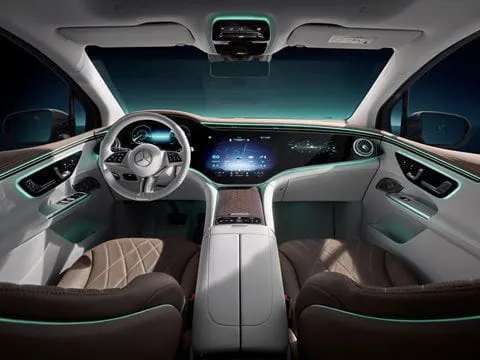
The EQE leans into luxury and tech, but it’s not without its snags:
- No Frunk: Like the i4, it skips the front storage space, which feels like a missed opportunity for an EV.
- Tiny Glove Box: Oddly small for a car of its size and class.
- Overactive Collision System: The automatic braking can be overly sensitive, especially on Indian roads, requiring manual deactivation each time.
- No Dashcam: A surprising omission for a tech-forward luxury EV.
- Dashboard Ergonomics: The digital cluster sits high, forcing awkward steering wheel positioning and limiting headroom due to the panoramic roof.
- Steering Component Issues: Some units had recalls due to faulty steering assembly, which could affect safety.
- Tow Hook Threading Flaws: Improper screw depth in towing devices raised concerns about secure towing.
So… Which One Should You Buy?
If you’re looking for a sporty, driver-focused EV with a good combination of tradition with innovation, the BMW i4 is a great choice.
But if you want a more serene, tech-forward experience that also gives you a futuristic vibe and a plush ride, the Mercedes EQE might be what you need.
Consider the range, availability of charging infrastructure, pricing, value, and the con of each before investing.
Whichever of these cars you choose, you’re stepping into a future that’s electric, luxurious, and unapologetically bold.
For more news and views about the automotive arena, visit Ask About Cars.


